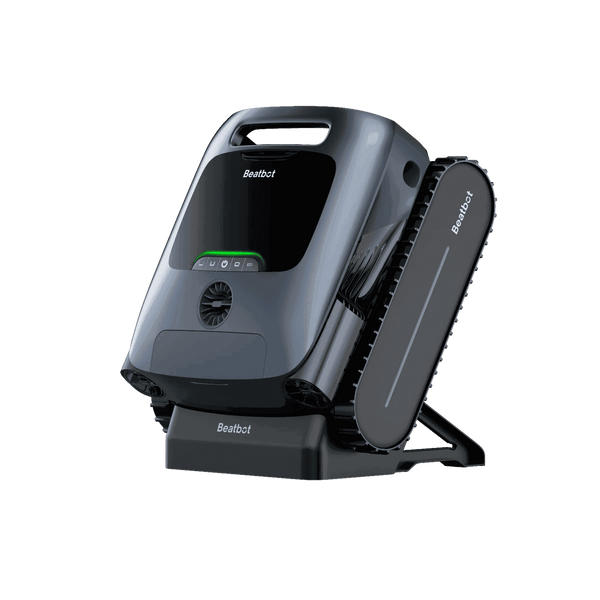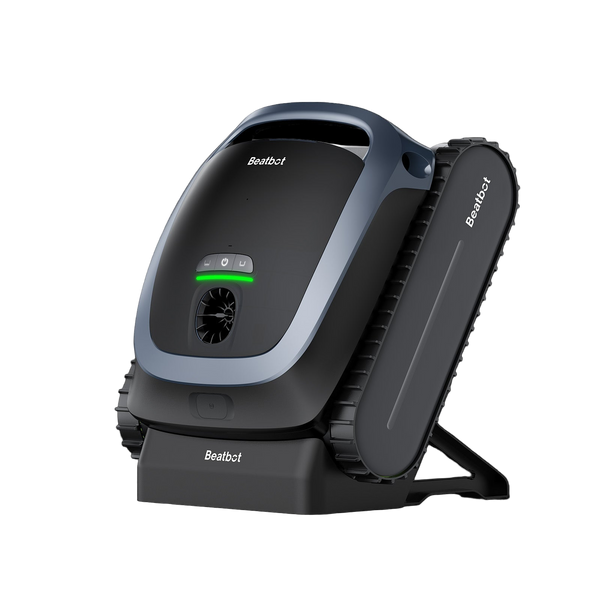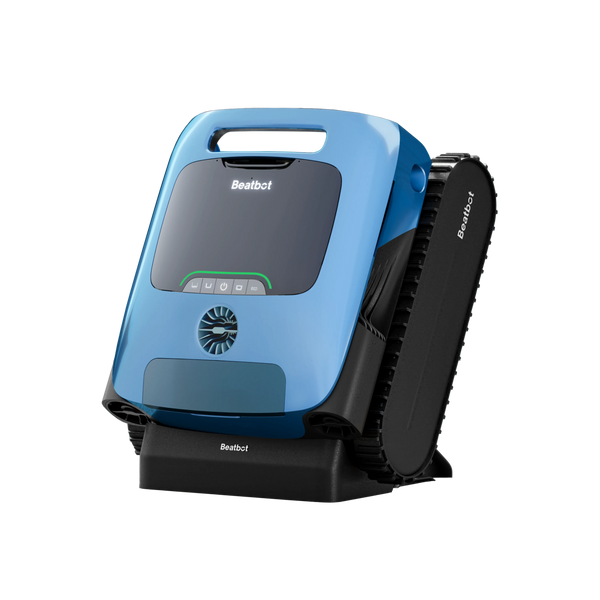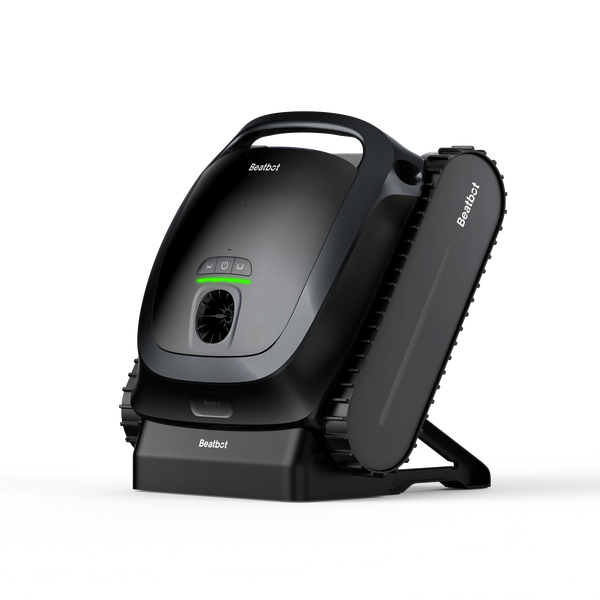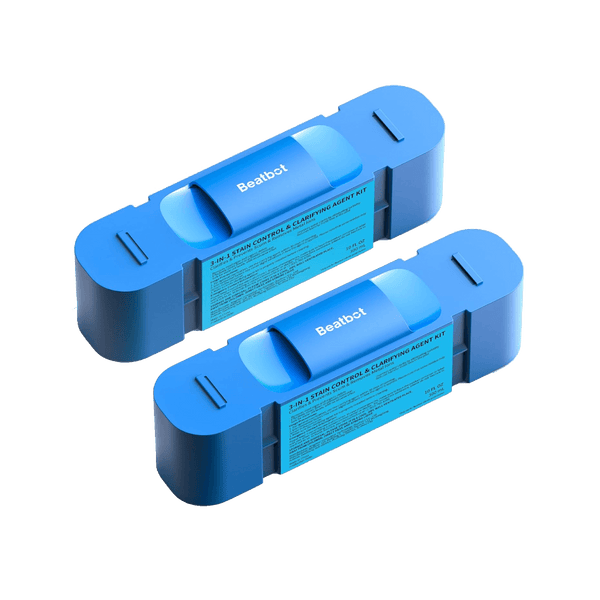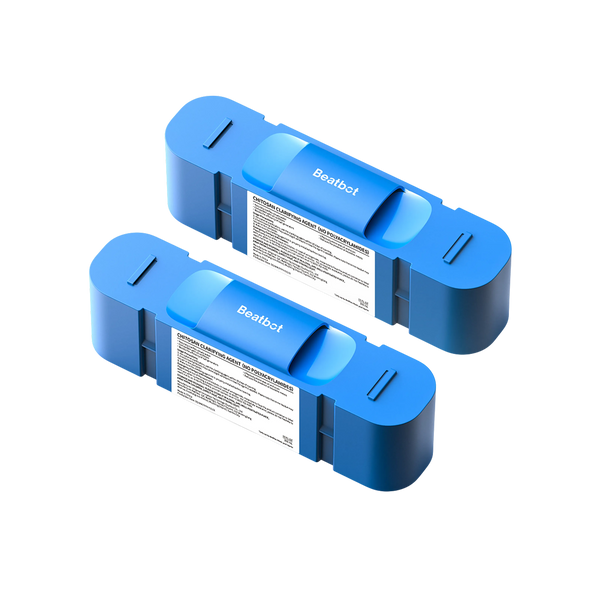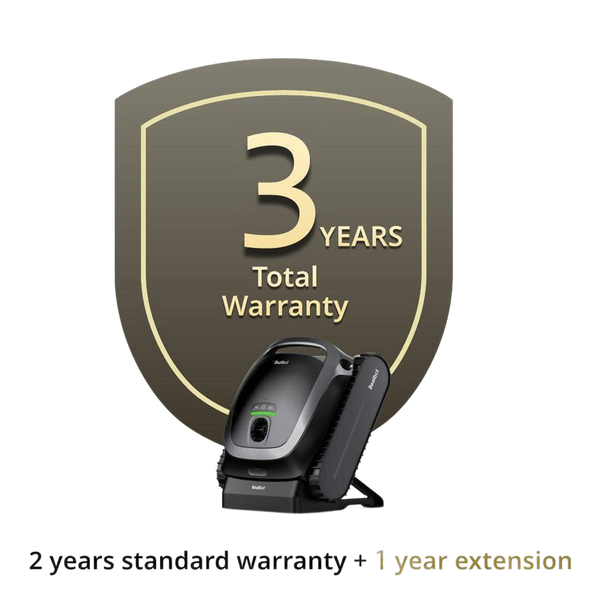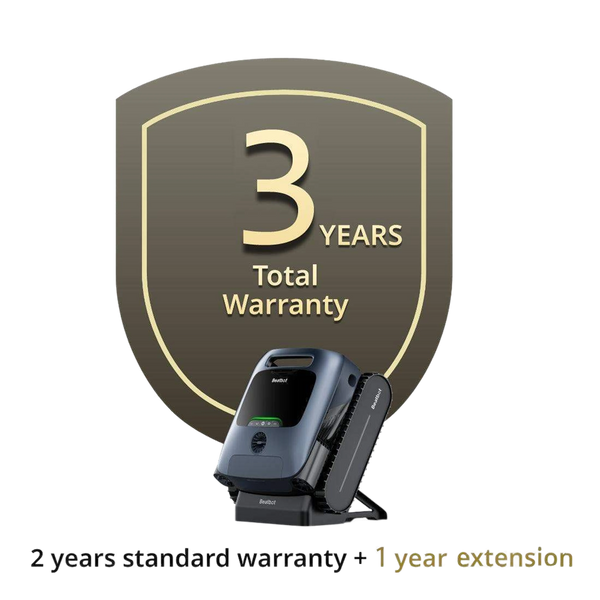Pool PVC Pipe Connection and Maintenance: A Step-by-Step Guide
The pool PVC pipe is a critical component of any swimming pool's circulation and filtration system. These pipes, made of polyvinyl chloride, are durable, resistant to corrosion, and are designed to withstand the test of time. However, like any other part of your pool system, Pool PVC pipes require proper connection and regular maintenance to ensure they continue to function optimally. This guide will walk you through the process of connecting Pool PVC pipes and provide essential maintenance tips to keep your pool's plumbing in top shape.
Table of contents
The Role of Pool PVC Pipes
Pool PVC pipes are used to transport water from the pool to the filter and heater, and then back to the pool. They are also used for suction lines, return lines, and in some cases, for the pool's lighting system. The pipes must be correctly sized to handle the volume of water the pool's system requires, ensuring efficient circulation and preventing damage to the pool equipment.

Step-by-Step Guide to Connecting PVC Pipes
Properly connecting PVC pipes is essential for a variety of plumbing projects, including those related to swimming pools. This guide will provide a clear and concise walkthrough of the process, from measurement to secure connection.
Step 1: Measure and Cut the PVC Pipe
Accurate measurement is crucial for a proper fit. Begin by measuring the required length of the PVC pipe for your specific application. Utilize a handsaw or a PVC pipe cutter to make a precise cut. A clean, square cut will facilitate a stronger bond when connecting the pipes.
How to Deburr the Edge of a PVC Pipe After Cutting
Deburring the edge of a PVC pipe is a crucial step to ensure a snug and secure fit when joining the pipe to a fitting. Here's how to do it efficiently:
Gather Your Tools : You will need either fine-grit sandpaper or a utility knife. Both options work, so pick whichever you’re more comfortable using.
Smooth the Edges : Hold the PVC pipe steady and gently rub the sandpaper against the cut edges. If you're using a utility knife, carefully scrape away any rough spots, keeping the blade angled slightly outward to avoid gouging the pipe.
Check for Smoothness : Run your finger along the edge to make sure it feels even and smooth. The goal is to eliminate any burrs or sharp edges that could disrupt the seal or damage the fitting.
Reinspect the Finish : After deburring, inspect visually and by touch to confirm the edges are uniform and smooth.
Following these steps ensures a clean, professional finish, enhancing the pipe’s ability to connect seamlessly with fittings.
Step 2: Clean the Pipe and Fittings
To ensure a secure and leak-free connection, it's imperative to clean both the pipe ends and the fittings. Use a cleaning solution or fine sandpaper to remove any dirt, grease, or debris from the surfaces that will be joined. This step is often overlooked but is vital for the success of the connection.
Step 3: Apply PVC Cement and Connect the Pipes
Before applying the PVC cement, ensure that both the pipes and fittings are thoroughly cleaned. This preparation is crucial for a strong bond. Begin by using a PVC primer on both the exterior of the pipe and the interior of the fitting. The primer softens the surfaces, setting the stage for the cement.
Once primed, apply a thin, even layer of PVC cement over the same areas. The cement is a clear liquid that will react chemically with the primer, so work quickly. Join the two parts together immediately, ensuring that there are no air bubbles in the connection.
To enhance the bond, twist the pipe a quarter-turn inside the fitting. This twisting action helps in evenly distributing the cement and activating the chemical reaction more effectively. Hold the connection in place for about fifteen to twenty seconds, allowing the cement to set properly.
Repeat this step for all connections, ensuring each joint is secure and leak-proof. If the twisting and holding are skipped, the bond may not hold, leading to potential leaks.
How to Apply Primer to PVC Pipe and Fittings
Applying primer to PVC pipe and fittings is a crucial step in ensuring a strong bond for your plumbing projects. Follow these steps to do it right:
-
Gather Your Materials :
- You'll need PVC primer, which is typically purple and comes with an applicator brush. It might stain, so wear gloves and protective clothing.
-
Prepare the Surfaces :
- Clean the outer edge of the PVC pipe and the interior of the fitting. Remove any dirt, grease, or debris to ensure the primer adheres properly.
-
Apply the Primer :
- Use the applicator brush attached to the primer lid. Dip it into the container and brush a thin, even layer onto the outside of the pipe and the inside of the fitting. Ensure full coverage without pooling the liquid.
-
Work Quickly :
- PVC primer dries fast. After application, the pipe and fitting should be ready for the next step, often cementing, within a few minutes.
-
Safety First :
- Since the primer can stain skin and clothing, apply it carefully. Work in a well-ventilated area to avoid inhaling fumes.
By following these steps, you'll ensure a solid preparation phase for connecting PVC pipes effectively.
Safety and Tool Usage
Throughout this process, it's essential to wear appropriate safety gear, including gloves and safety glasses, to protect yourself from the PVC cement and any sharp edges on the pipe or fittings. Additionally, using the correct tools will make the job easier and more precise. A good-quality PVC pipe cutter and a brush for applying cement are worthwhile investments.
Conclusion
Connecting PVC pipes may seem intimidating, but with careful measurement, thorough cleaning, and proper use of PVC cement, it can be a straightforward DIY task. Always take the necessary safety precautions and use the appropriate tools for the job. With patience and attention to detail, you'll be able to successfully connect your PVC pipes, ensuring a secure and leak-free result.
Pool PVC Pipe Maintenance Tutorial
- Regular Inspections: Inspect the pipes regularly for any signs of damage, such as cracks or leaks.
- Clean Joints: Keep the joints and connections clean and free of debris.
- Check for Leaks: Regularly check for leaks, especially after the pool has been in use for a while.
- Tighten Connections: Over time, connections may loosen. Ensure all connections are tight to prevent leaks.
- Replace Damaged Pipes: If a pipe is damaged beyond repair, replace it to maintain the integrity of the system.
FAQ
Q: How often should I inspect my pool PVC pipes?
A: It is recommended to inspect your pool PVC pipes at least once a month, especially during the peak swimming season.
Q: Can I repair a cracked PVC pipe?
A: Small cracks can sometimes be repaired with PVC repair kits. However, if the crack is large or the pipe is severely damaged, it is best to replace the pipe.
Q: What should I do if I find a leak in my PVC pipes?
A: First, turn off the pool pump. Then, identify the source of the leak and tighten the connection if possible. If the leak persists, the pipe may need to be replaced.
Q: How long should PVC pipes last before they need to be replaced?
A: With proper maintenance, PVC pipes can last for many years, even decades. However, the lifespan can vary based on factors such as exposure to sunlight, temperature fluctuations, and the quality of the pipes.
Q: Should I use any special tools for maintaining PVC pipes?
A: Basic tools like a pipe cutter, deburring tool, and sandpaper are useful for maintaining PVC pipes. For more advanced repairs, you may need a PVC repair kit or a new section of pipe.

By following this step-by-step guide, you can ensure that your pool's PVC pipes are securely connected and well-maintained, contributing to the overall efficiency and enjoyment of your swimming pool. Regular care and attention will help your pool system run smoothly for years to come.
Relative Blogs
About the author



